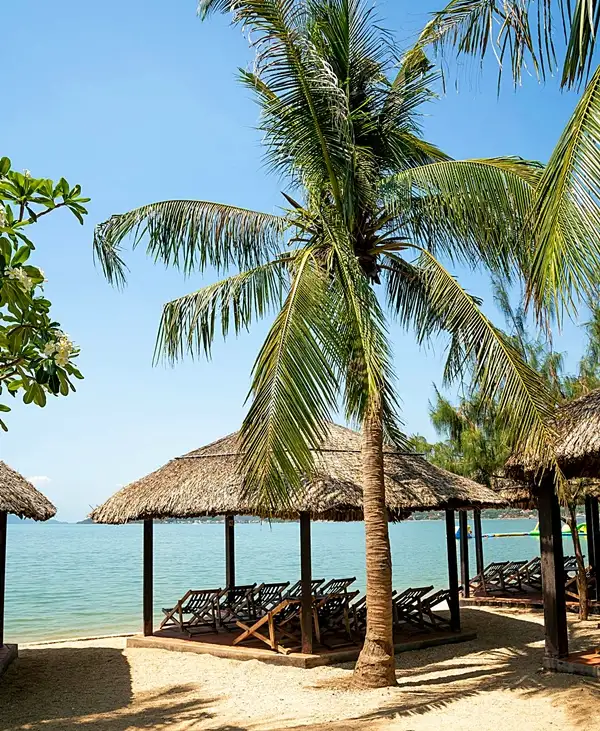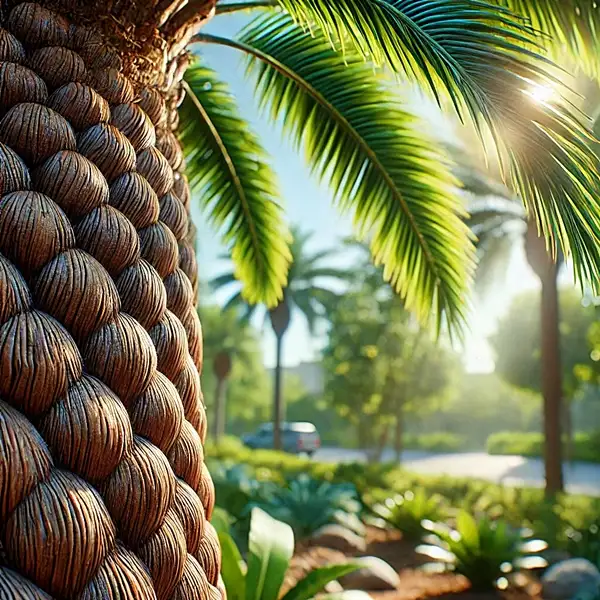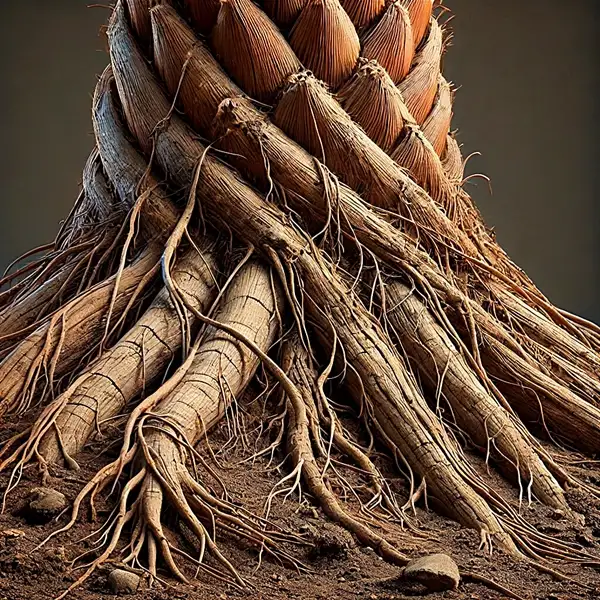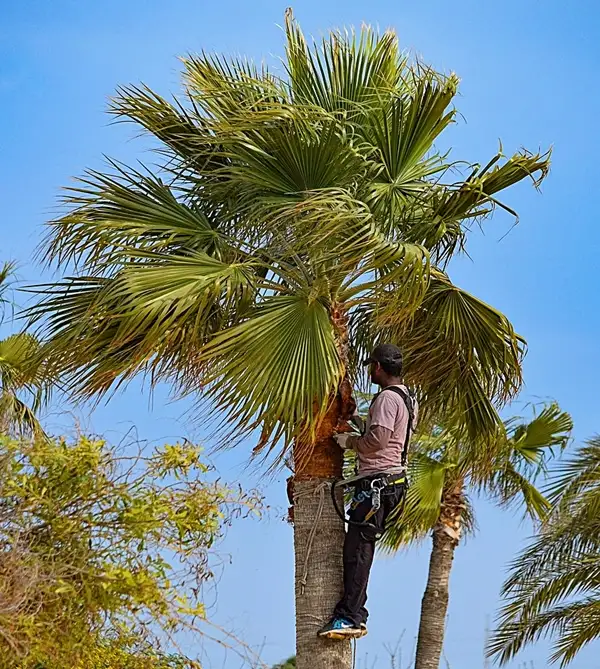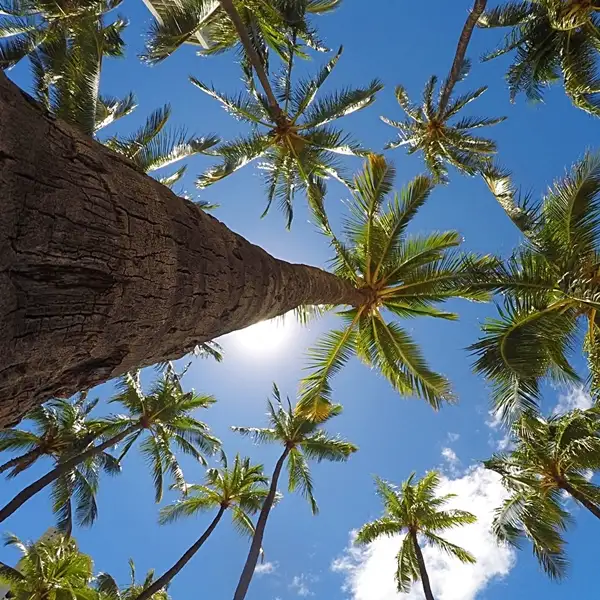Key Takeaways
| Key Takeaways | What You’ll Discover |
|---|---|
| The Astonishing Variety of Palm Trees | How many palm tree species are there? A mind-blowing number of species exist, each with surprising traits. |
| From Small Shrubs to Towering Giants | Some palms can fit in your living room, while others defy gravity. |
| Global Presence & Unbelievable Adaptability | These trees thrive in the most unexpected places—from deserts to mountains. |
| Economic & Medicinal Wonders | Beyond beauty, palms impact industries, diets, and even medicine. |
| Nature’s Silent Guardians | They support entire ecosystems, but their survival is under threat. |
| Hidden Gems & Rarely Known Facts | Some palm species remain a mystery, even to scientists. |
Diversity of Palm Tree Species
Palm trees are an iconic symbol of tropical paradise. Belonging to botanical family Arecaceae, they possess a stunning array of species that exhibit numerous distinctive characteristics & adaptations. It is estimated that there are around 2600 different palm tree species worldwide according to research from the Royal Botanic Gardens in Kew, England.
Each variety has its unique attributes—from varying sizes & trunk types to different leaf shapes & fruit production capabilities. Truly remarkable for their diversity, palm trees grace our planet with a multitude of habitats ranging from rainforests to deserts. Everything between coastal areas & mountain highlands is home to them.

It is no wonder why former US President Theodore Roosevelt once spoke about conservation:
‘The nation behaves well if it treats its natural resources as assets which it must turn over to next generation increased; not impaired in value.’
His words truly capture the importance of preserving nature, including majestic trees like palms.
Distinctive features such as geographic range, adaptability & age longevity factors, among others, make identification a complex process—even for experts like Dr. Andrew Henderson from the New York Botanical Garden, who admits that some palms are yet to be defined due to their morphological diversity.
9 Different Types of Palm Trees: From Small To Giant
There seems no end regarding variations when discussing palm tree species. Sizes vary widely across species—from small shrubs only just several meters tall to giants towering up to two hundred feet.
| Species | Common Name | Size (Approx.) | Notable Characteristics |
|---|---|---|---|
| Chamaedorea elegans |
|
|
|
| Serenoa repens |
|
|
|
| Rhapis excelsa |
|
|
|
| Trachycarpus fortunei |
|
|
|
| Bismarckia nobilis |
|
|
|
| Phoenix dactylifera |
|
|
|
| Washingtonia robusta |
|
|
|
| Cocos nucifera |
|
|
|
| Ceroxylon quindiuense |
|
|
|
My Recommendation
To explore further about palm tree varieties, I recommend reading Karl Friedrich Philipp von Martius & H. Walter Lack‘s Book ‘The Book of Palms.’
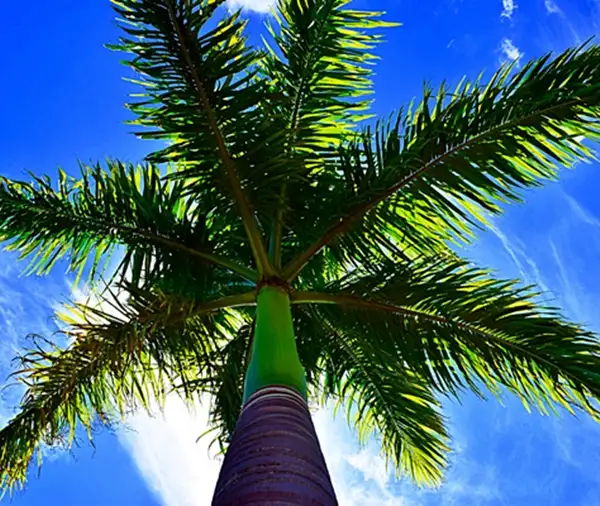
Worldwide Distribution & Predominant Habitats of Palm Trees
Palm trees are found on all continents except Antarctica. Remarkable for their distribution capabilities they flourish from equatorial rainforests in central Africa, to deserts in Middle East & extending through tropical habitats within South America:
| Continent | Notable Regions | Habitat Types | Notable Species |
|---|---|---|---|
| Africa |
|
|
|
| Middle East |
|
|
|
| South America |
|
|
|
| North America |
|
|
|
| Asia |
|
|
|
| Australia & Pacific |
|
|
|
My Recommendation
To learn more about global distribution of palm trees, a volume I recommend to all is ‘The Biology of Island Floras‘ edited by David Bramwell & Juli Caujapé-Castells.
Amazing Growth & Unique Traits of 7 Palm Trees Species
Palm growth patterns directly stem from habitat adaptability.
| Species | Growth Pattern | Adaptation | Habitat |
|---|---|---|---|
| Acrocomia aculeata (Macaw Palm or Grugru Palm) |
|
|
|
| Hyphaene thebaica (Doum Palm) |
|
|
|
| Jubaea chilensis (Chilean Wine Palm) |
|
|
|
| Metroxylon sagu (Sago Palm) |
|
|
|
| Trachycarpus fortunei (Windmill Palm) |
|
|
|
| Nypa fruticans (Nipa Palm) |
|
|
|
| Allagoptera arenaria (Seashore Palm) |
|
|
|
Threats, Conservation Efforts & The Future of Palm Tree Species

While our landscapes might be abundant with these beautiful specimens today. Several threats are posing significant concerns:
| 4 Threats to Palm Tree Species |
|
| 4 Conservation Efforts for Palm Trees |
|
| 3 Future Outlooks for Palm Trees |
|
6 Interesting Palm Fruits & Their Uses (Facts & Benefits)

Palm fruits are found to be extensively used in culinary applications. Yet, many species remain obscure, underscoring need for further research & exploration within this richly diverse plant family.
| Product | Source Palm Species | Notable Information |
|---|---|---|
| Açaí berries |
|
|
| Dates |
|
|
| Palm heart (Cabbage of palms) |
|
|
| Sago |
|
|
| Doum Palm fruit |
|
|
| Palm sugar |
|
|
Preserving the Legacy of Palm Trees
Palm trees are more than just symbols of tropical beauty. They are pillars supporting biodiversity, economies & cultures worldwide.
From towering giants in rainforests to resilient species in harsh deserts, their presence is invaluable. Yet, different threats are endangering them.
Conservation efforts are really necessary for them to flourish for generations to come. Protecting palm trees is not just about preserving landscapes. It is about safeguarding balance of nature itself.
Frequently Asked Questions
What is oldest palm tree species?
Oldest palm is Nipa palm. It has existed for nearly 70 million years. Date palm has been cultivated for over 5,000 years. So it is one of the earliest domesticated palms.
What is most famous palm tree?
Coconut palm dominates tropical coastlines & economies worldwide. Mexican fan palm defines urban skylines particularly in Los Angeles, making it a cultural icon.
What is maximum age of a palm tree?
Chilean wine palm can live over 1,000 years far surpassing most palms which typically survive for decades to a few centuries.


